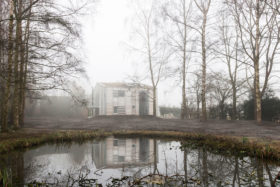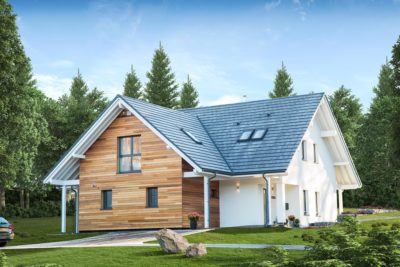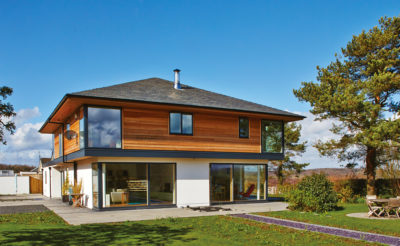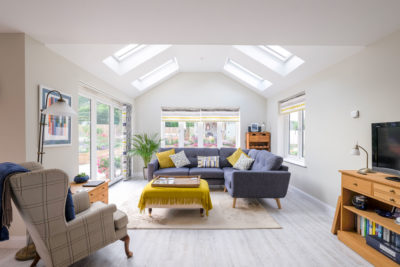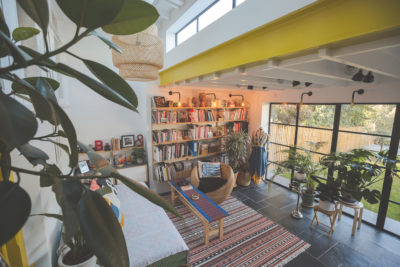Open Staircase Design: Open Riser Stairs, Cantilevered Flights & Glass Balustrades
Staircases are an essential and functional part of a home that will probably be one of the first things you see when entering – so don’t forget to account for their design at the very start of your project.
It will have a huge impact on the overall scheme of not only your ground floor, but the adjoining levels, too. So, plan ahead with the style, layout and floor plan of your self build or renovation with the staircase design in mind. Done well, your new flight will give your dwelling a beautiful architectural element, but done poorly, you’ll be left with an expensive fixture that jars with the overall style of your property.
If you’re renovating, you shouldn’t feel limited to matching your staircase design to the period of your property. Contemporary flights take form in a whole breadth of designs – with options to include floating treads, glass balustrades and more. A new staircase can complement an older house, and vice versa, if it’s blended aesthetically with other key features and is supported well by the structure of the build. If you’re self building, the design options are endless – which means planning is perhaps even more important.
A key consideration in many modern abodes is the flow of light, and there’s no reason why your choice of staircase shouldn’t complement this. Regardless of whether you’re self building or renovating, it will be important to plan your flight properly and take note of Building Regs and stair safety, ensuring that your new design is compliant with tread widths and headroom requirements.
So, to help you create an open flight staircase that’ll both complement your home’s design and sit well in its structure, here we’re outlining all you need to know, from the top practical considerations to some of the best design ideas.
Practical Considerations for an Open Flight Staircase
Before you start planning your staircase, contemplate your ground floor arrangement as a whole and how the flight will impact upon it.
For example, open-plan interiors mean you’ll potentially be able to view the stairs from other parts of the house, so you have to think about how it will look from a variety of angles. In addition, consider traffic and how people flow around the house – where will the main approach to the staircase be?
More Inspiration: Open Plan Living Ideas – Kitchen, Living & Dining Rooms
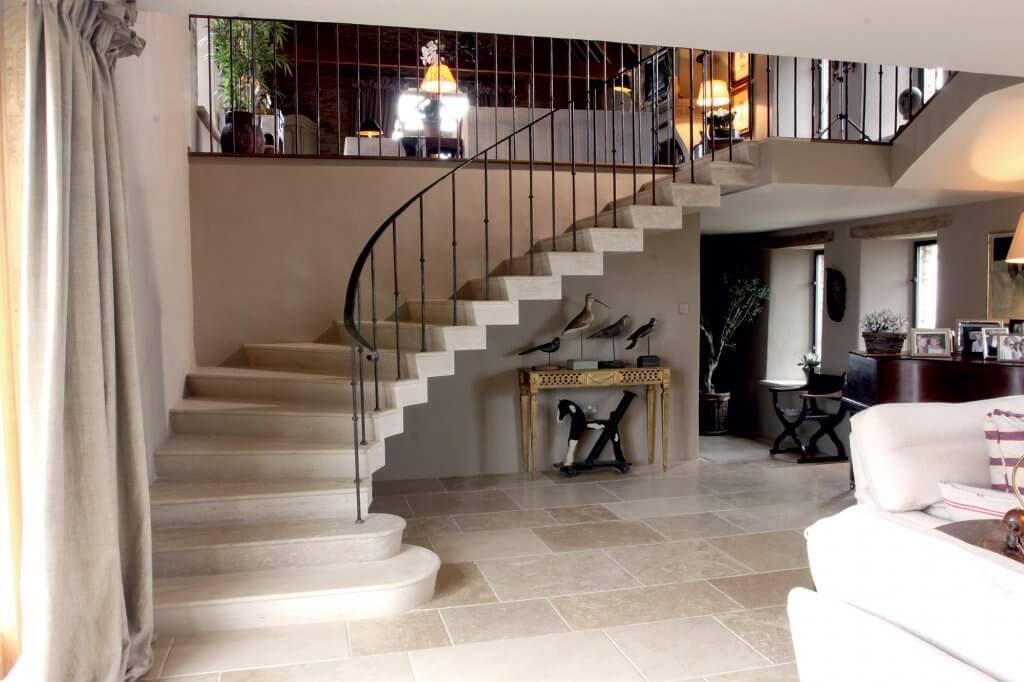
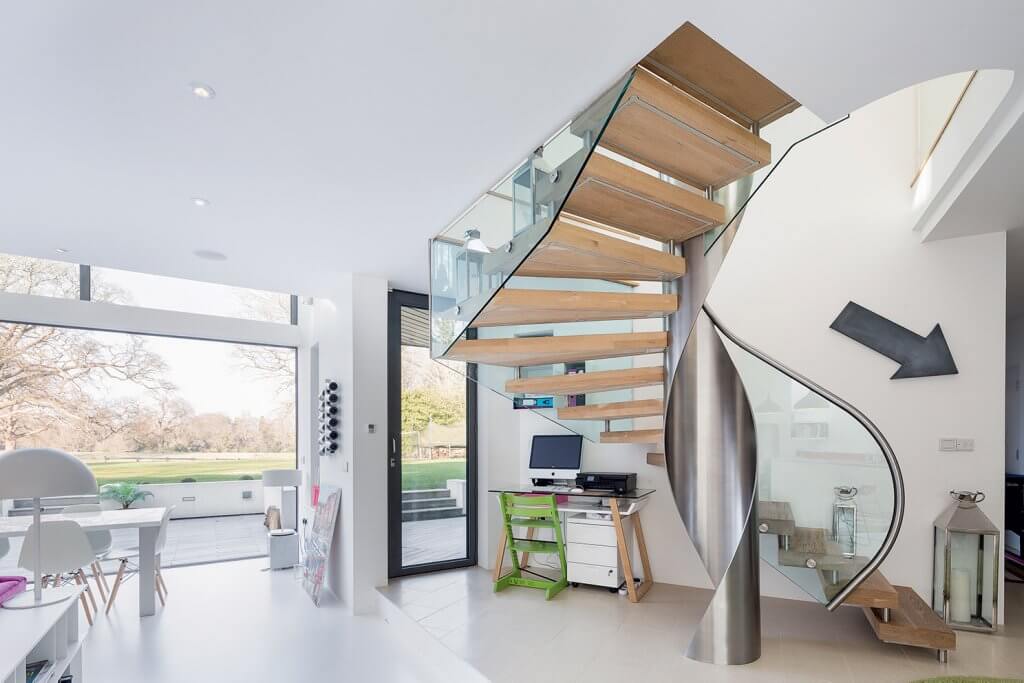
It’s a good idea to talk to a specialist staircase designer or supplier as early as possible so that you can ensure your layout incorporates the fixture in the best possible way. “Choosing a specialist designer at the very beginning of a project is the most satisfactory solution for all concerned,” says Richard McLane of Bisca.
“Spatial design and awareness is crucial and so often overlooked as it’s a human ability, not something that can be generated by a 3D modeling package. Taking a walk around a property, listening to the interior designer/architect or client and then translating this intelligence into a staircase design that takes account of light, aesthetics and traffic is always going to be the optimum way of making the most of the space.”
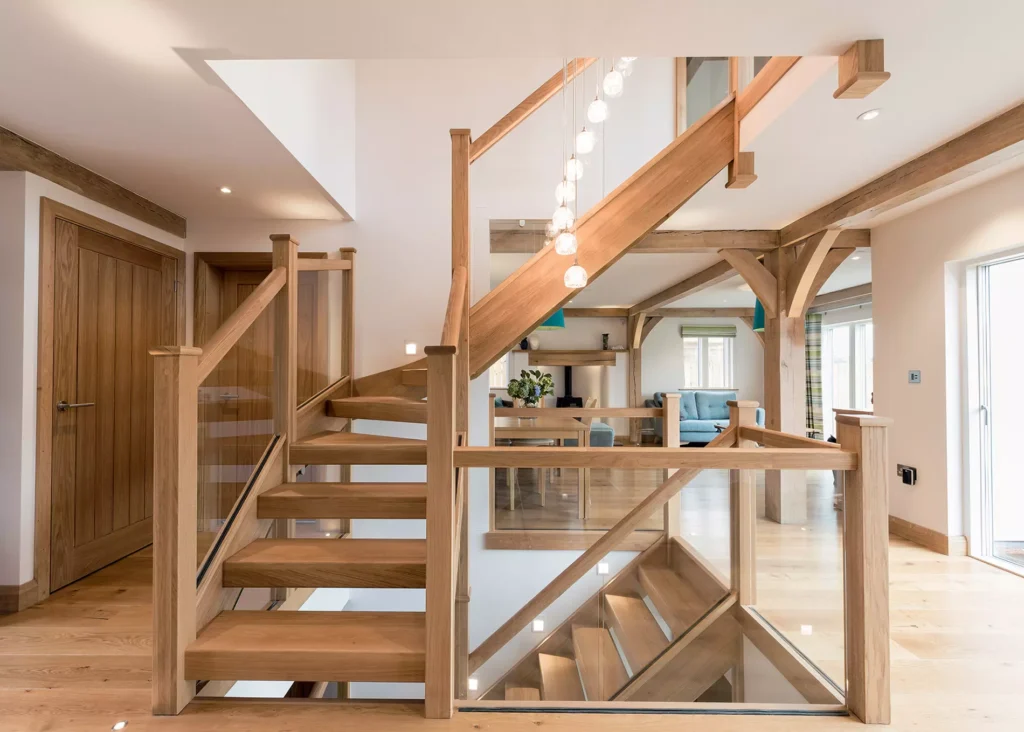
This oak frame country home features an L-shaped staircase with an oak banister and glass balustrade
You also need to decide where you will source your staircase from. Will you work with your architect to create something bespoke, commission a flight from a joiner or specialist firm, or select an off-the-shelf design?
If you are on a tight budget, then the latter route may best suit your finances – there are many good products available from around £2,000.
The custom-made route will cost extra, from £5,000 for more standard examples to double that amount (and significantly more) for elaborate designs made from unusual and high-quality materials.
Planning your staircase? Read Build It’s guide on Staircase Costs 2023: What to Budget for the Best Designs
Use a Staircase to Bring Light into Your Home
If you want to let light flood through your stairs, then there are a number of ways to achieve this. Perhaps the most dramatic is a cantilevered design, which creates a floating feature.
While the stairs appear to defy gravity, the steps are supported through concealed fixings within the treads and behind a supporting wall. It’s essential that the connecting wall is strong and stable enough to take the load, so exactly how the structure is fixed will be governed by this, and may require a hidden metal sheet support mechanism or a similar alternative.
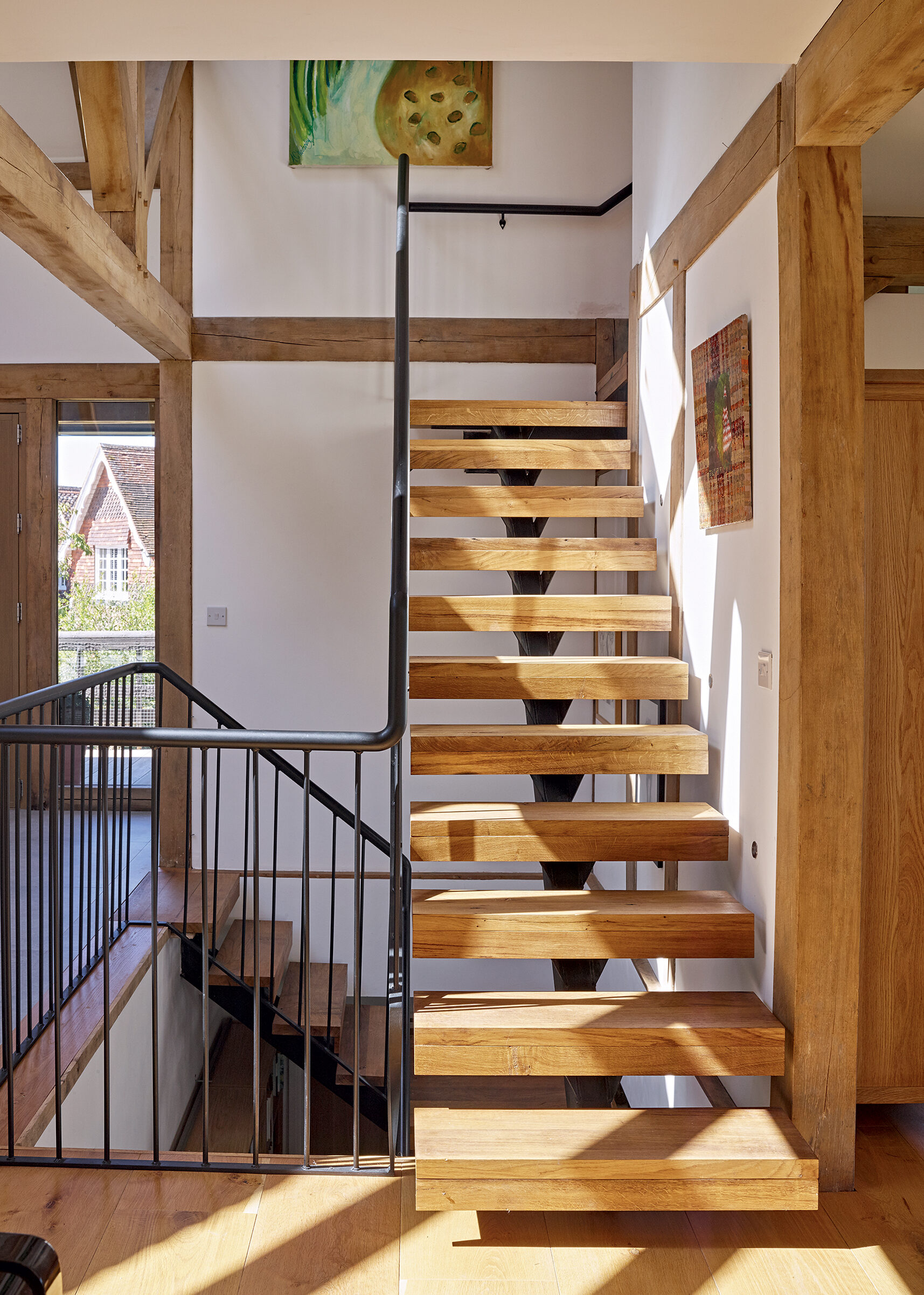
This home by Welsh Oak Frame is perfectly complemented by the modern timber and cast iron staircase
Cantilevered staircases can feature open or closed risers, with the former arrangement allowing maximum light to flow through. This type of configuration works equally well on fixed staircases where the treads are attached to a steel spine or to side stringers. Leaving the vertical risers out means there’s an open space between each tread, which are typically fixed to steel plates on a centrally-located support.
In terms of materials, timber is a popular choice, especially for the treads. It has a characterful appeal, is durable and will blend well with a vast range of other interior finishes. It is also a good option in terms of ease of attachment to the balustrade.
If you can’t integrate a floating and open design, then there are ways to get the look and nod to the these styles. Using glass balustrades will still allow a good amount of light to permeate through, as will styles with slim-line steel spindles.
Some staircase companies offer in-built LED lights set on the underside of the tread overlap or on the riser – giving additional illumination to the flight. Making sure your stairs are well lit from above will also diminish the fenced-in feeling of enclosed styles.
Building Regulations and Stair Safety
Whatever design you opt for, you’ll need to bear the Building Regulations in mind as it’s important your flight is safe and practical as well as attractive. “In general terms, the regs are there to ensure your stairs are safe and give guidelines on how narrow or steep they can be, the headroom requirements and numerous other factors,” says Kathryn Mansi from Model Projects.
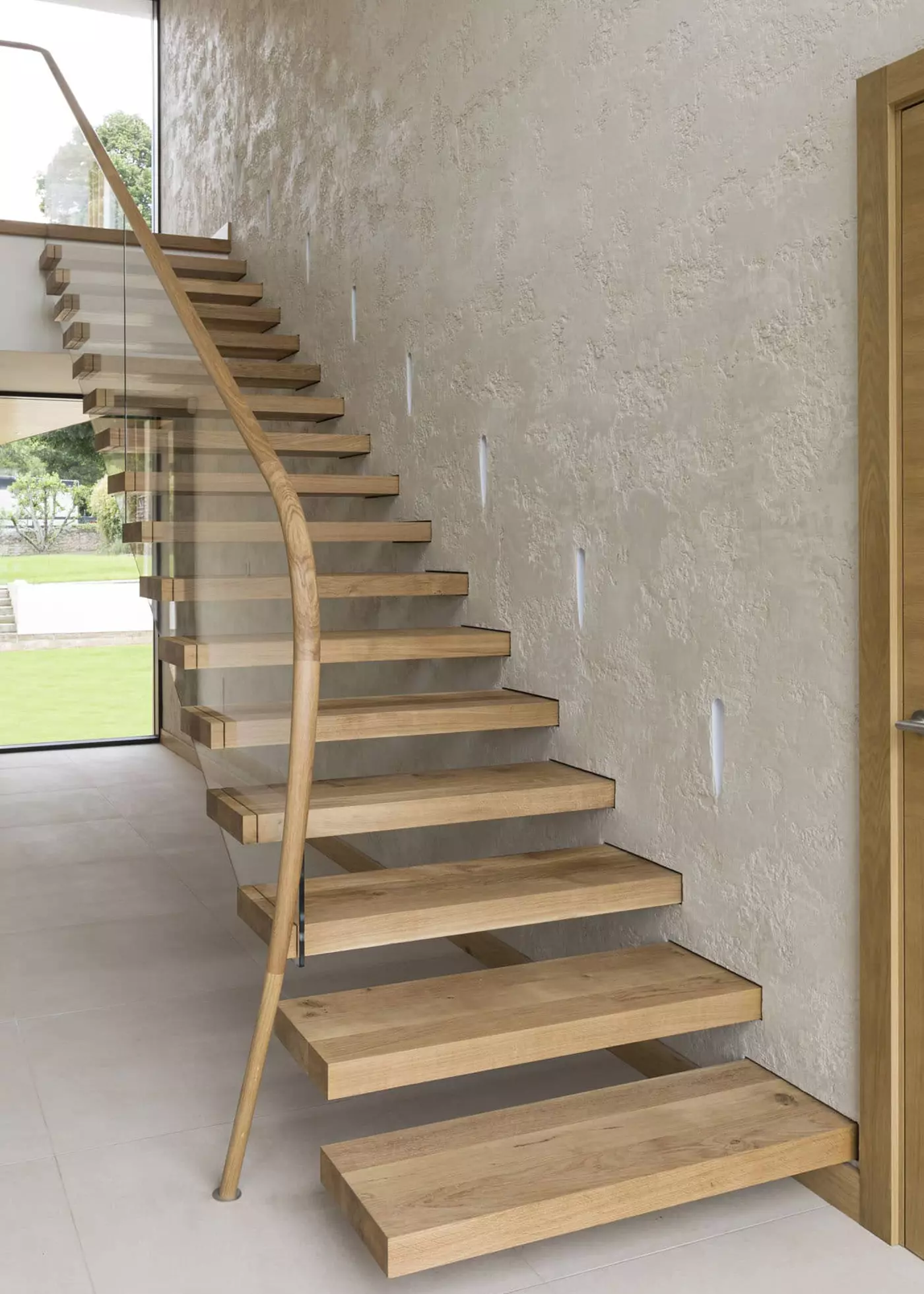
This perfectly proportioned Bisca Oak cantilever staircase was built as part of a property renovation. The open staircase allows views to the terrace beyond and provides generous space to pass from the front entrance through to the rear garden.
“Download the guidelines from the Planning Portal and if you’re unsure of anything, talk to your design professional or your local building control officer. Discuss your ideas to guarantee your flight doesn’t fall foul of the requirements. Don’t commission something that may not pass muster, since it might lead to you having to rework the feature.”
The Regulations stipulate a sphere of 100mm diameter must not be able to pass through any gap in the staircase, including at uprights on a balustrade as well as gaps between treads. An additional requirement is the overhang of the treads has to be 16mm or more, which again makes it harder for objects (and people) to fall through.
Learn More: The Modern Staircase Style Guide
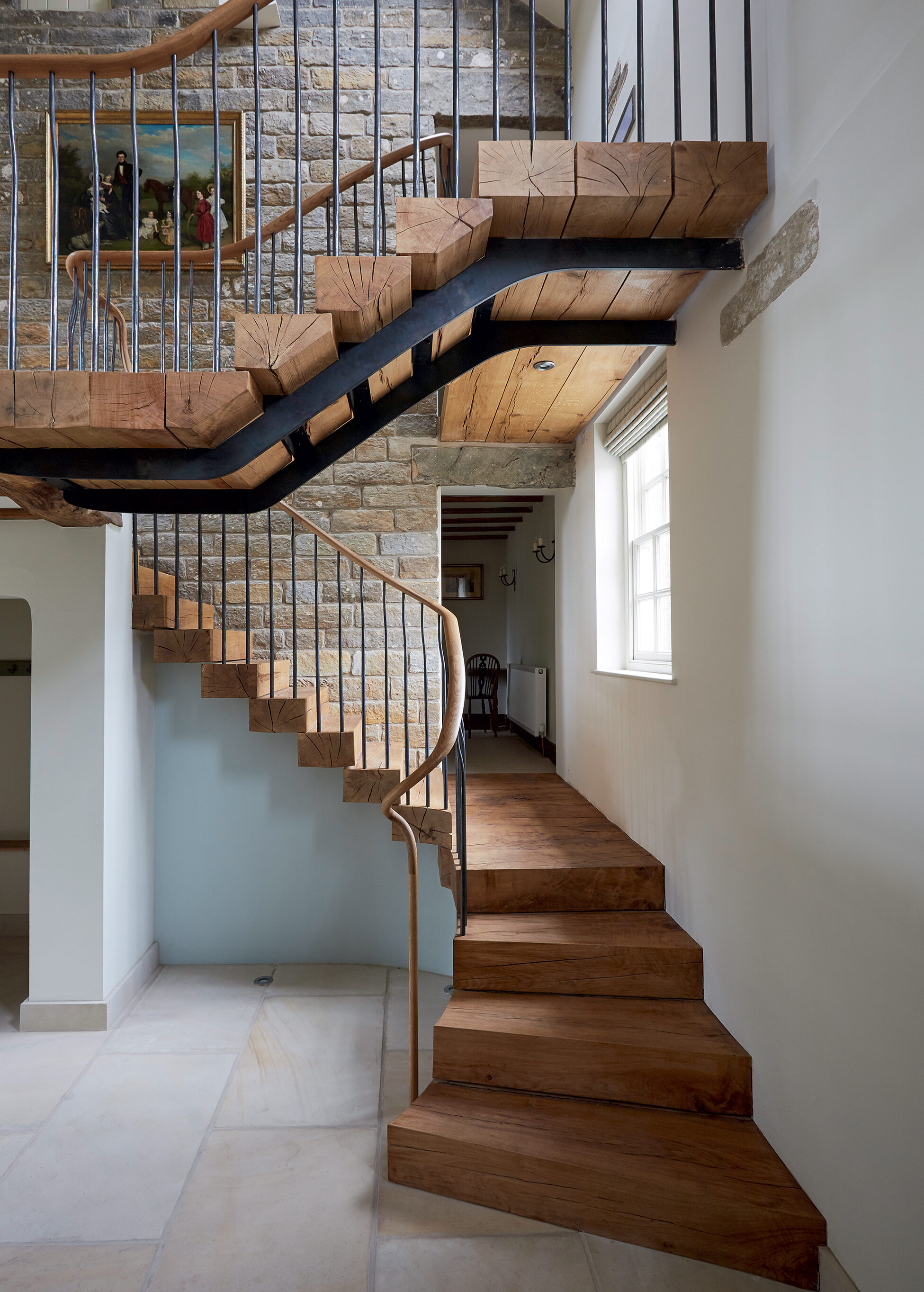
This semi-cantilevered staircase from Bisca forms an integral part of a new extension, which links heritage stone farmhouse
Glass treads offer even more possibilities for letting light permeate through the flight. Stone will give a striking and robust finish, but bear in mind that this will be more costly, not least because it will add extra weight to the staircase, which means the structure has to be stronger.
Corian is emerging as an on-trend material, too, and can be used for both the tread and balustrading, giving a cool and sleek finish.
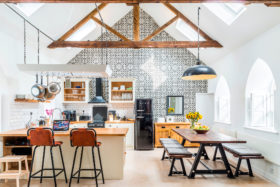
































































































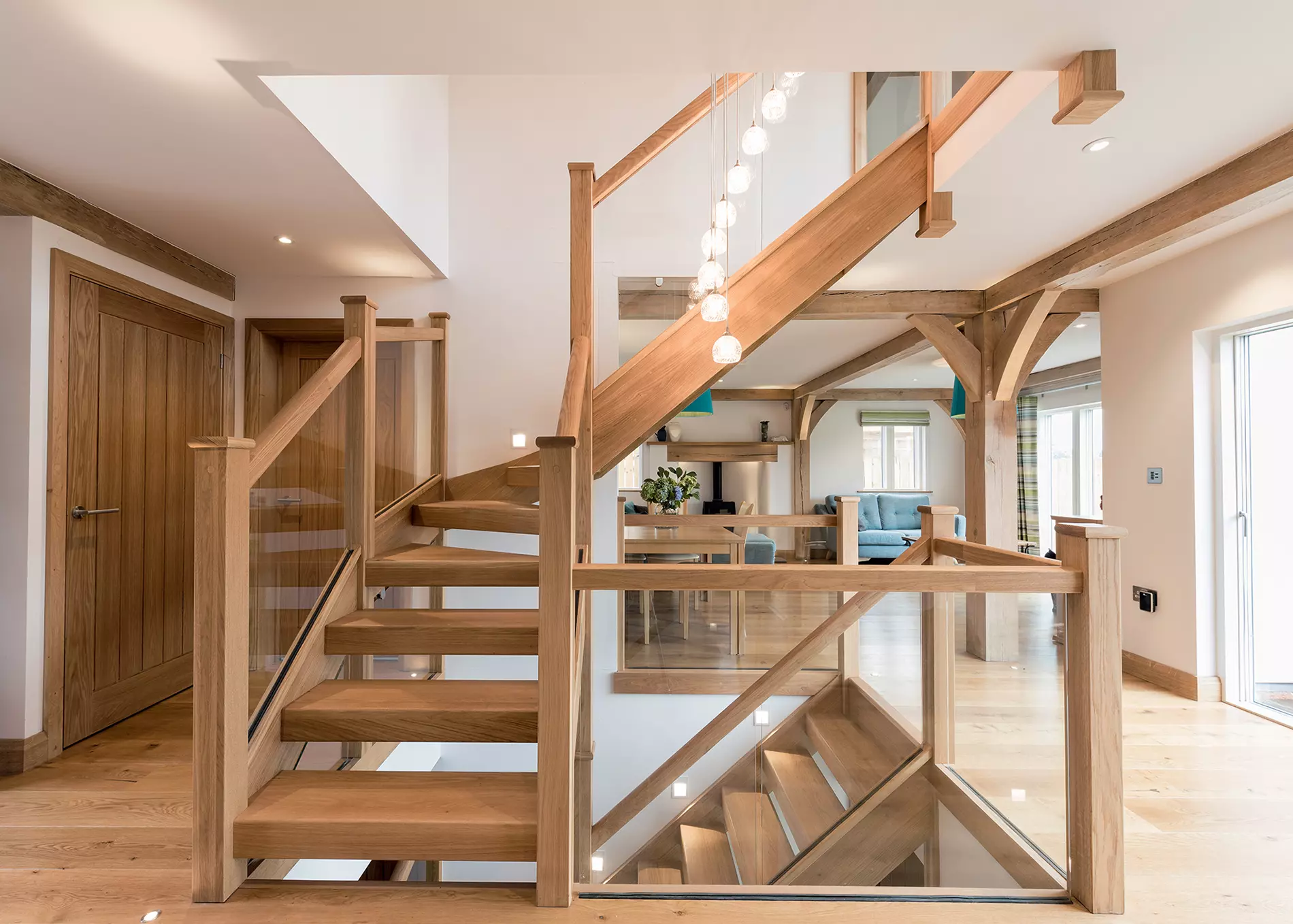
 Login/register to save Article for later
Login/register to save Article for later

